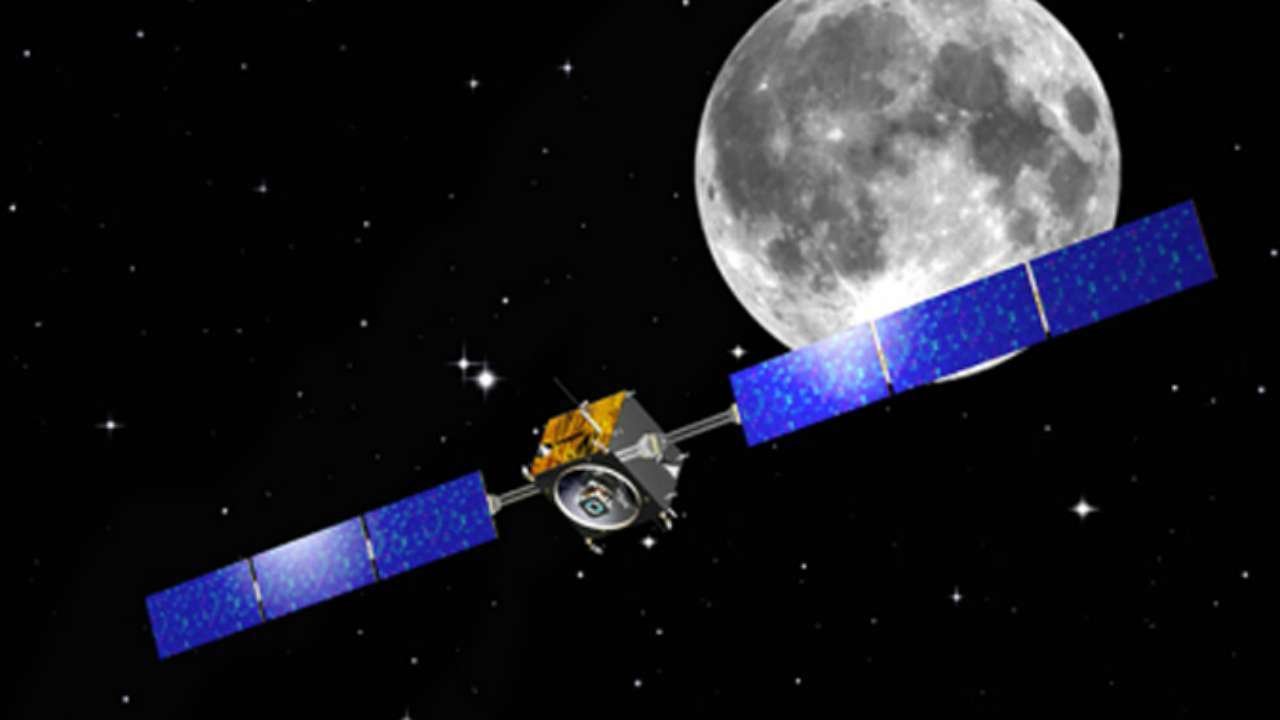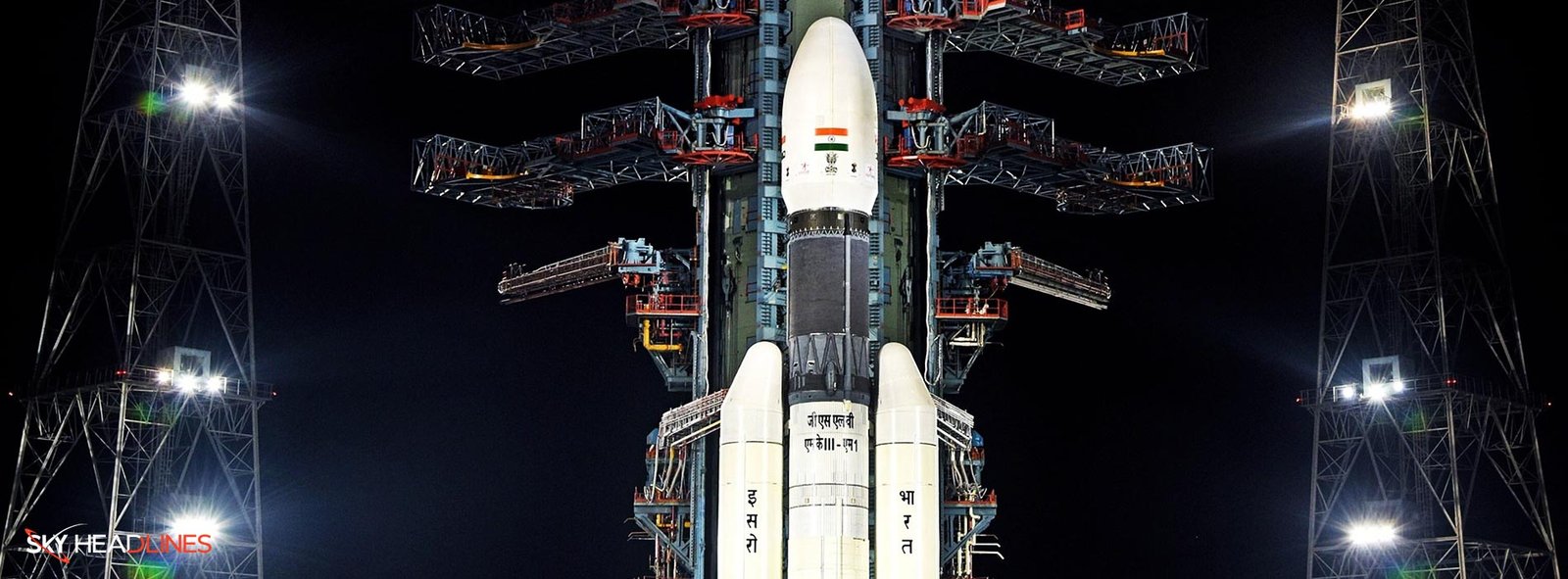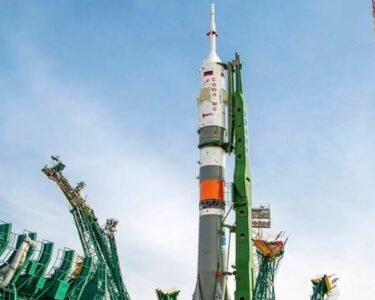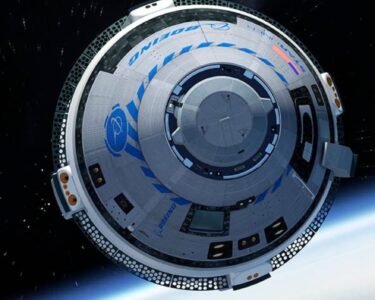The Moon has always been a source of fascination for humanity, inspiring myths and legends across different cultures. Howeverour understanding of the Moon has grown in the last century in the last century thanks to space agencies’ efforts worldwide. India has also stepped forward to uncover the mysteries and disclose the myths about the moon. The Indian Space Research Organization (ISRO) launched a series of missions called Chandrayaan to the Moon to learn more about its composition, structure, and history. Chandrayaan-1 launched in 2008 and discovered water on the Moon. ISRO launched Chandrayaan-2, a moon landing project, in 2019. Despite the lander’s crash, the orbiter continues to collect data. ISRO has prepared its next attempt Chandrayaan-3 to land a spacecraft on the moon for flight. ISRO will launch the spacecraft in June 2023.
All these projects highlight India’s expanding capacity for space research and its dedication to expanding humanity’s knowledge of space and expanding humanity’s place in it.
Now, we will discuss the Chandrayaan missions launched from India, which have significantly advanced our understanding of the nearest celestial neighbors.
Let’s start with,
Chandrayaan-1: The First Indian Lunar Space Probe
On October 22, 2008, India’s national space agency, the Indian Space Research Organization (ISRO), officially started its Chandrayaan Missions with Chandrayaan-1, India’s first lunar space probe. The scientists designed the mission to conduct remote sensing studies of the Moon from lunar orbit. It collected data on the lunar surface’s mineralogy and elemental composition. Built at only Rs. 386 crores ($76 million), within three years, it was a low-cost spacecraft. Chandrayaan-1 carried a suite of scientific instruments from India, the United States, and the European Space Agency (ESA), making it a truly international effort.

Now, you may need to know,
What were the mission objectives and instrumentation?
Chandrayaan-1 had several objectives, including mapping the Moon in infrared, visible, and X-ray light and prospecting for various elements, minerals, and ice. Some of the particular instruments on board the spacecraft included:
- To create a three-dimensional atlas of the lunar surface, which would help study the distribution of elements and minerals.
- Determining the extent and depth of water-ice deposits on the lunar surface is essential for future human settlements.
- Studying the moon’s mineral composition and geology would help us understand its formation and evolution.
- To study the moon’s atmosphere, particularly the presence of helium-3, a rare isotope that could be used as a fuel in nuclear fusion.
- To test new technologies for future space missions. Such as a new imaging spectrometer and a miniaturized synthetic aperture radar.
On the whole,
Is Chandrayaan-1 a success or failure?
The mission started on Oct. 22, 2008, and ended on Aug. 28, 2009. The scientists planned to leave the spacecraft in space for about two years. But, sadly couldn’t keep exploring due to technical issues. During its operational lifetime of approximately ten months, Chandrayaan-1 made several significant discoveries, including detecting water on the Moon’s surface and mapping various elements and minerals on the lunar surface. However, the mission ended abruptly in 2009 when radio contact was lost with the spacecraft.
ISRO says that this spacecraft has almost all its objectives accomplished by then. So instead of any emergency crash, it is better to dismantle it. Chandrayaan-1 did not crash. But the Indian Space Research Organization (ISRO) intentionally ended its mission. The spacecraft was in a polar orbit around the Moon. It had completed more than 3,400 orbits and collected a wealth of scientific data. However, communication with the spacecraft was lost and attempts to re-establish contact failed. Intovoid any potential damage or interference with future lunar missions, ISRO intentionally crashed the spacecraft into the lunar surface. The exact location of the impact is unknown. But scientists believe that it is in the Moon’s south pole region.
Later on, ISRO succeeded in building up another spacecraft,
Chandrayaan-2: India’s Ambitious Lunar Lander Mission
One of the Chandrayaan Missions, Chandrayaan-2, also known as 44441, was a landmark Indian lunar mission launched by the Indian Space Research Organization (ISRO) on July 22, 2019. The Geosynchronous Satellite Launch Vehicle Mark III (GSLV-MkIII) carried out the mission. It aimed to explore the uncharted lunar south pole region. With a total mass of 3850 kg and a nominal power of 1000 W, the Chandrayaan-2 mission lasted almost a month, from its launch date until its unfortunate end on August 20, 2019. The Chandrayaan Missions was a significant milestone in India’s space exploration program and had several key objectives, including mapping the lunar surface, studying the composition of the Moon’s atmosphere, and searching for evidence of water on the lunar surface.

Let’s take a closer look on,
What were the mission objectives and instrumentation?
Chandrayaan-2 had several objectives, including conducting high-resolution remote sensing of the lunar surface, studying the Moon’s water ice deposits, and characterizing the Moon’s tenuous atmosphere. Some of the special instruments on board the spacecraft included:
- The mission aimed to study the lunar surface’s topography, mineralogy, and geology to understand its origin and evolution.
- Chandrayaan-2 aimed to detect and map the distribution of water ice on the Moon’s surface, which could be a potential resource for future space exploration.
- The mission aimed to study the Moon’s tenuous atmosphere and understand its composition and dynamics.
- Chandrayaan-2 also aimed to demonstrate India’s capabilities in soft landing on the lunar surface and rover mobility on the Moon.
Are you wondering,
How did Chandrayaan-2 fail?
The Chandrayaan-2 mission, unfortunately, met an untimely end when communication was lost during the lander descent at an altitude of about 2.1 km. Despite crashing on the lunar surface at 70.881 S, 22.784 E, the lander appeared to remain in one piece. But all communications and operations were impossible. The rover, which was supposed to be deployed shortly after landing, needed help to complete its mission.
Although the lander and rover portions of the mission were planned for only 14-15 days, the orbiter continues to operate and gather valuable data about the Moon. Despite the challenges faced during the mission, Chandrayaan-2 was a significant achievement for India’s space exploration program. It contributed to our understanding of the Moon’s composition and the potential for future human exploration. The lessons learned from this mission will undoubtedly inform future lunar missions and continue to advance the field of planetary science.
Last but not least,
Chandrayaan-3: India’s Next Lunar Mission:
After the success of Chandrayaan-1 and the ambitious Chandrayaan-2 mission failure, India’s space agency, the Indian Space Research Organization (ISRO), is not stopping its Chandrayaan Missions. Chandrayaan-3, also known as Chandrayaan3, is the upcoming lunar mission of the Indian Space Research Organization (ISRO). Scientists have designed it to pick up where the Chandrayaan-2 mission left off. The primary objective of this mission is to further explore and study the Moon’s surface, with a specific focus on the south polar region.
The mission will be launched using the Geosynchronous Satellite Launch Vehicle Mark III (GSLV-MkIII) from the Satish Dhawan Space Centre in Sriharikota, India. With a mass of 1752 kg and a nominal power of 738 W, Chandrayaan-3 is expected to be launched in June 2023. The scientists originally planned to launch the mission in 2020. But has been delayed due to technical issues and the COVID-19 pandemic. Here’s what we know so far about Chandrayaan-3.

Now let us take a closer look on,
What is the Chandrayaan Missions design?
Chandrayaan 3 is a lunar mission scheduled to launch in 2023 from Sriharikota, India, using a GSLV Mark 3 heavy-lift launch vehicle. After entering an elliptic parking orbit, the propulsion module will bring the lander/rover into a 100 km circular polar lunar orbit. Then it will separate from it. The lander will then touch down with the rover in the Moon’s south polar region, near 69.37 S, 32.35 E.
The touchdown velocity will be less than 2 m/s vertical and 0.5 m/s horizontal to ensure a safe landing. The propulsion module/communications relay satellite will remain in lunar orbit to enable communications with Earth, with Chandrayaan 2 serving as a backup relay. The lander and rover are designed to operate for one lunar daylight period, which is about 14 Earth days. This mission will enable further exploration of the lunar surface and allow for studying the Moon’s geology and resources.
Moreover,
What scientific instruments are onboard Chandrayaan 3?
Chandrayaan-3, the third lunar mission by the Indian Space Research Organization (ISRO), will consist of a propulsion module, a lander, and a rover. The propulsion module generates 758 W power and carries the lander and rover to the moon. The lander has various sensors to ensure a safe touchdown, and the rover is equipped with navigation cameras and a solar panel that generates 50 W power.
The lander will carry four scientific instruments: Chandra’s Surface Thermophysical Experiment (ChaSTE), the Instrument for Lunar Seismic Activity (ILSA), the Radio Anatomy of Moon Bound Hypersensitive ionosphere and Atmosphere (RAMBHA), and a passive laser retroreflector array provided by NASA. The rover will carry two instruments to study the local surface elemental composition. These include an Alpha Particle X-ray Spectrometer (APXS) and Laser Induced Breakdown Spectroscope (LIBS).
The propulsion module/orbiter will carry the Spectropolarimetry of the Habitable Planet Earth (SHAPE) experiment to study Earth from lunar orbit. It will launch in June 2023, using the GSLV-MkIII launch vehicle from Sriharikota, India.
Lastly,
What are the objectives of Chandrayaan-3?
The objectives of this Chandrayaan Mission are similar to that of its predecessor, Chandrayaan-2. The mission aims to conduct a soft landing on the lunar surface and deploy a rover to explore the surface in greater detail. The primary scientific goals of the mission are:
- To study the composition of the lunar surface: Chandrayaan-3 will carry scientific instruments to study the lunar surface’s mineralogy, elemental composition, and water content. This data will help scientists understand the Moon’s formation and evolution better.
- To study the lunar environment: The mission will also study the lunar environment. It includes the Moon’s tenuous atmosphere, magnetic field, and radiation environment. This data will help scientists understand the challenges faced by future human missions to the Moon.
- To explore the South Pole-Aitken Basin: The landing site for Chandrayaan-3 is expected to be near the Moon’s South Pole-Aitken Basin. This basin is particularly interesting to scientists because it is the largest and oldest impact basin on the Moon. Studying the basin’s composition and structure could shed light on the early history of the Moon and the solar system.
What are India’s expectations with Chandrayaan Missions?
India is not anywhere close to stopping the progress of uncovering the mysteries of the moon. Regardless of the Chandrayaan-2 failure, India heads up to discover more of the moon’s surface and neighboring celestial stars. India is now looking at its masterpiece with fixed eyes to accomplish the objectives of Chandrayaan-2.





